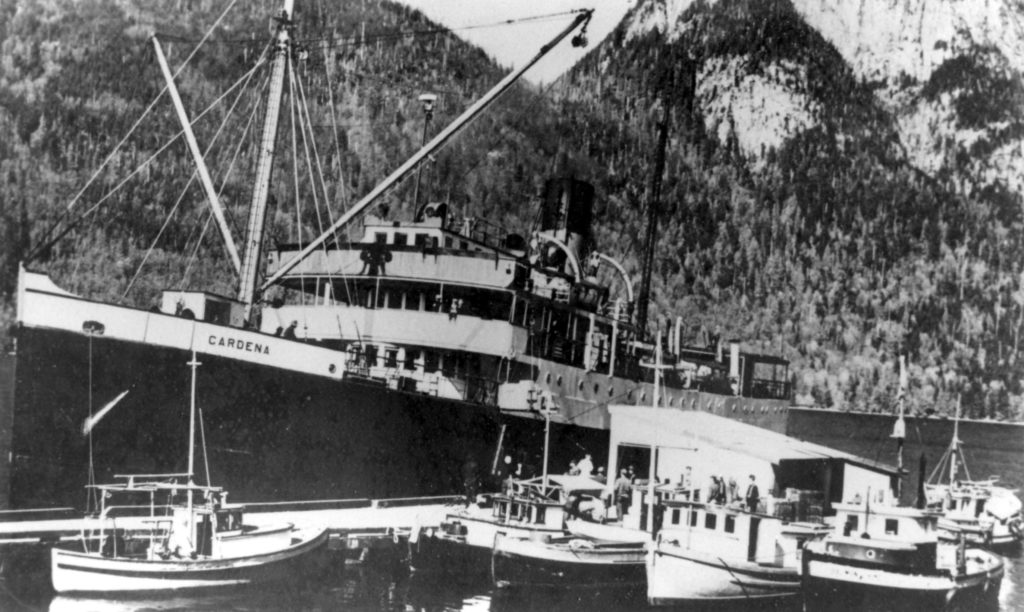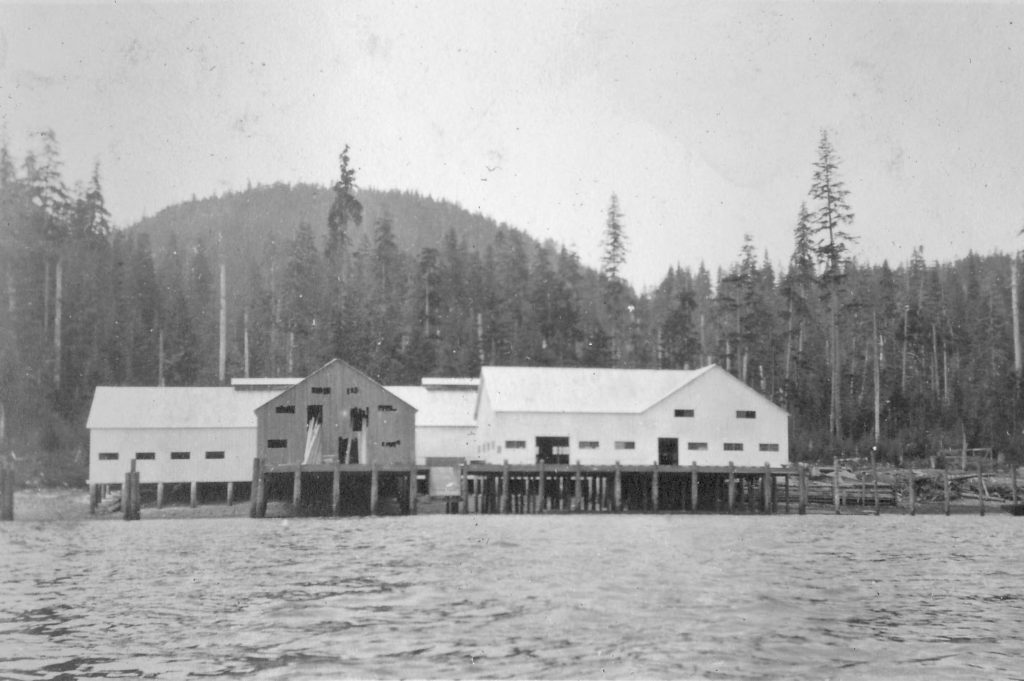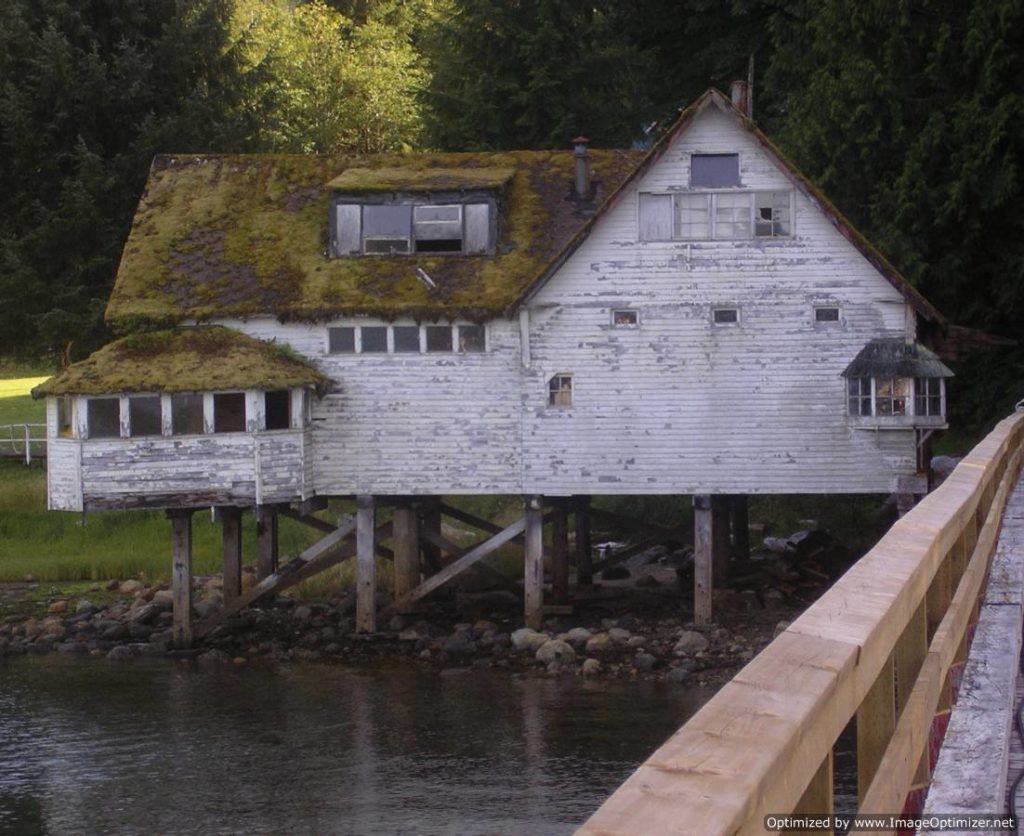When Captain George Vancouver visited our region in 1792 aboard HMS Discovery, he spent some time anchored in what we know today as Desolation Sound, so named because he found the spot bleak and dreary. However, this didn’t deter settlers from arriving just 100 years later to seek out the large stands of timber that were easily accessible along the shorelines of the islands in the surrounding area.

When Vancouver came, the islands between present day Campbell River and the BC mainland, now commonly called the Discovery Islands, were mainly occupied by Coast Salish tribes; then by the time settlers arrived, by the Laichwiltach Nation. The Laichwiltach still make their home at Cape Mudge on Quadra Island, and have land scattered throughout many of the other islands and inlets.

From the 1890s onwards, East and West Redonda Islands, Cortes, Stuart, Sonora, Maurelle, Read and Quadra Islands, and East and West Thurlow Islands experienced a growth in population consisting mainly of individuals seeking an independent way of life. Along with logging operations, fishing, canneries and mining flourished. Residents of the small coastal settlements that sprang up relied on the Union Steamships to deliver goods between their homes and the city of Vancouver.

By the time Campbell River beckoned as a town of economic opportunity in the 1950s, with a pulp and paper mill, hospital and schools, much of the population was leaving the islands and moving west to Vancouver Island. This coincided with the cessation of the Union Steamship service in 1958.
The Museum at Campbell River offers historic guided tours to the Discovery Islands during the summer months, and visitors can learn about the rich history they offer while enjoying stunning scenery and dazzling waterways.